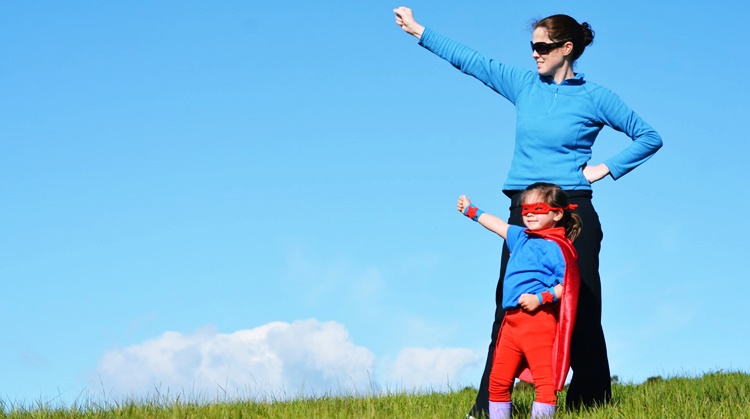Behavioral changes are generally caused by two factors, internal and external. Internal factors from within the individual while external from the individual’s environment.
For that determines a person will behave is himself. Meanwhile, external factor also can influences individual decision making taking an act or behavior.
Individual theory is generally divided into intrapersonal and interpersonal. Then what’s the difference? Here is a brief explanation:
- Intrapersonal is the individual’s interaction with him/herself. This theory considers knowledge, attitudes, beliefs, self-concept, history of development, past experiences, motivation, self-skills that influence behavior.
- Interpersonal means individual interaction with others around them. So that the decision making for individual behavior is influenced by the surrounding environment. Opinions, thoughts, behavior, suggestions, and support from those around them influence the feelings and behavior of the individual and this has a reciprocal effect.
One theory that explains the flow of behavioral changes in public health sciences is the WHO theory. This theory illustrates the following four factors:
1. Thought and Feeling

Thoughts and feelings appear in the form of knowledge, perceptions, attitudes, beliefs and judgments about objects (health).
For example, someone who understands the importance of breastfeeding will certainly provide exclusive breastfeeding for his child, on the other hand, if he does not understand, it is possible for the child to be given formula milk.
2. Personal References

Personal references comes from someone who believed, if somebody was important for him then what is said tends to be an example in behavioral changes.
For example, parents are the closest reference to a child. A father’s smoking behavior would be a negative impact on children who think smoking is common.
3. Resources as behavioral changes factor

The resources that support for the behavior of a person or the public, includes the facilities, money, time, resources, energy and so on.
When someone already has good knowledge about health, it needs to be supported by infrastructure. Sometimes a mother understands the importance of immunization for her child, but because of her busy work she does not have time to take her child to a health facility.
4. Culture as behavioral changes factor

Socio-culture such as customs and local norms usually greatly influence the behavioral changes.
Some areas have certain cultures. If the culture is positive, it certainly has a positive effect on health behavior. But in fact there are many remote areas with culture which become problem for health.
In the WHO theory above, it can be seen that internal factors are the thoughts and feelings of the individual, then references, resources and culture are the external factors. Where a person’s thoughts and feelings factors can be influenced by reference to the local culture.
Notes from DeveHealth:
Although the decision to act or behave returns to the internal of the individual, external or environmental factors such as social relations and infrastructure can be a strong influence on health and behavioral changes.




